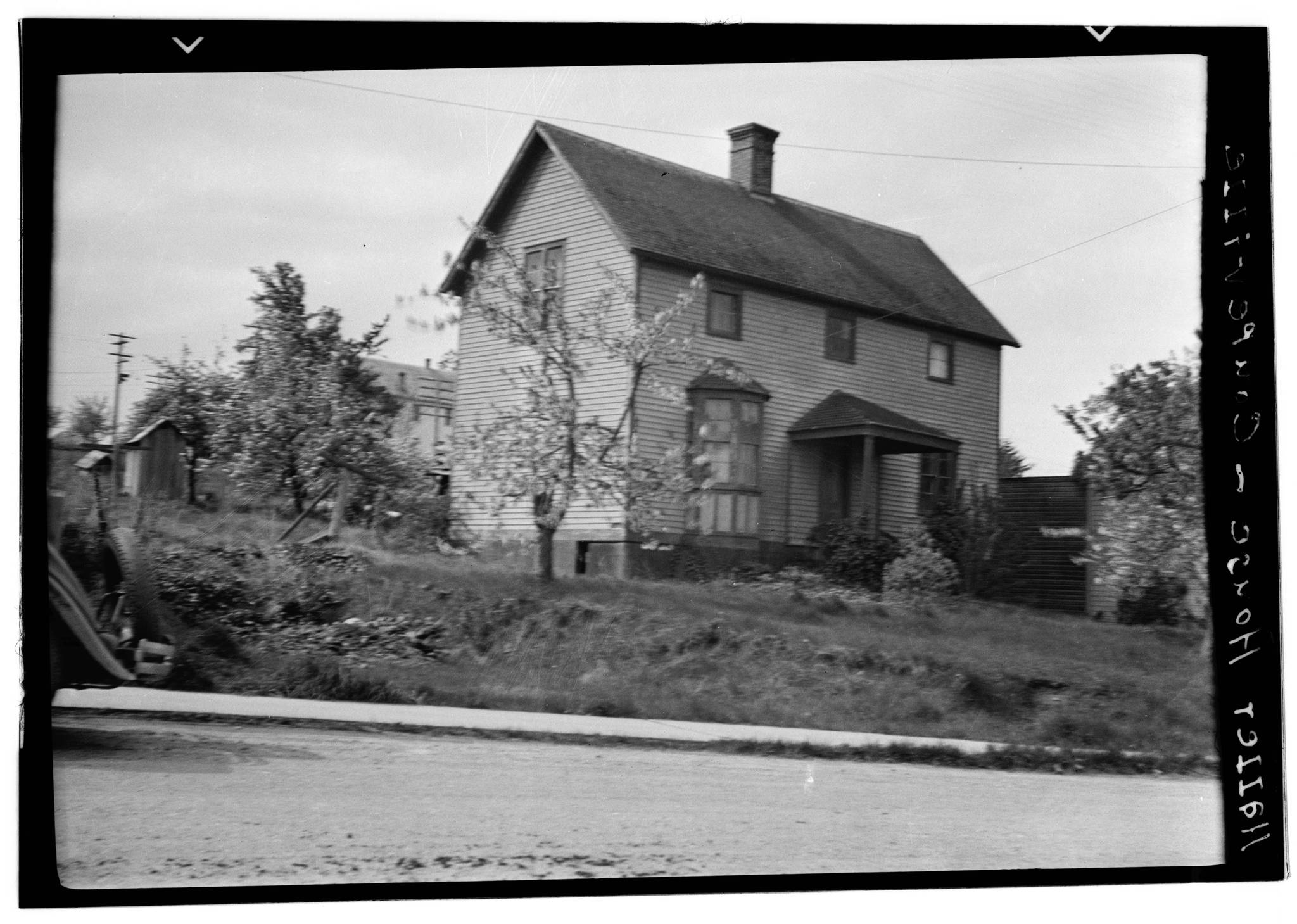A $1-million grant from the state will go a long ways toward repairing and protecting many of the structures that are intrinsic to the rich history and cultural landscape of Central Whidbey, according to Ebey’s Landing National Historical Reserve Manager Kristen Griffin.
The Coupeville wharf and the “big guns” at Fort Casey State Park are among the projects that will be the beneficiary of the preservation grants, but so are a list of privately owned historic buildings, including Toby’s, Captain Whidbey Inn and the Tyee Restaurant. Each of the properties to receive funding is listed on the National Register of Historic Places and the Washington State Heritage Register.
Tuesday afternoon, officials from the Trust Board of Ebey’s Landing National Historical Reserve and the Department of Archaeology and Historic Preservation announced the projects that will be funded by the allocation.
In an interview, Griffin stressed the economic benefits of the grants, which not only preserve a major tourist attraction in the form of pre-statehood buildings — the reserve has the greatest concentration in the state — but will also add $1-million worth of construction jobs, much of which will involve foundations and roofs.
“It’s not always the most exotic kind of work but it’s vital,” she said. “If you don’t do it the building won’t survive.”
The key to saving historic buildings, she said, is for them to be utilized. And for that to happen, they have to be livable.
A year ago, state Gov. Jay Inslee added $1 million to his budget for preservation projects at Ebey’s Landing National Historical Reserve in Central Whidbey, which is home to more than 400 buildings on the National Register. The reserve, established in 1978, encompasses a working landscape of 17,572 acres and protects a living record of 19th century settlement. In a one-of-a-kind arrangement, it is managed by National Parks in partnership with Washington State Parks, Island County and the Town of Coupeville.
Allyson Brooks, state historic preservation officer and executive director of the Department of Archaeology and Historic Preservation, explained that Inslee placed the grant in the state budget after the Navy terminated discussions with other agencies and partners over mitigating impacts an increase of EA-18G Growler aircraft flights will have on the reserve.
“The concept is that if you reduce the historic significance of a nationally important property, or demolish a historic property, government should give something back to the people,” she said in an email, adding that the partners’ request was not unusual under Section 106 of the National Historic Preservation Act.
The governor and staff felt that the community should not be left without any mitigation, she said.
The Navy later agreed to pay $867,000 to the National Park Service to restore the historic Ferry House.
The amount, however, was significantly less than what was requested from those working to protect the historic integrity of the reserve.
Griffin explained that the people who live amongst historic buildings in the cultural landscape develop a strong sense of stewardship.
“They have an increased sense that there were people here before them and that there will be people here after them,” she said.
The controversy raised awareness over the importance and needs of the reserve, Griffin said, and state lawmakers approved Inslee’s preservation grants. The trust board will work with the Department of Archaeology and Historic Preservation to administer the grants.



